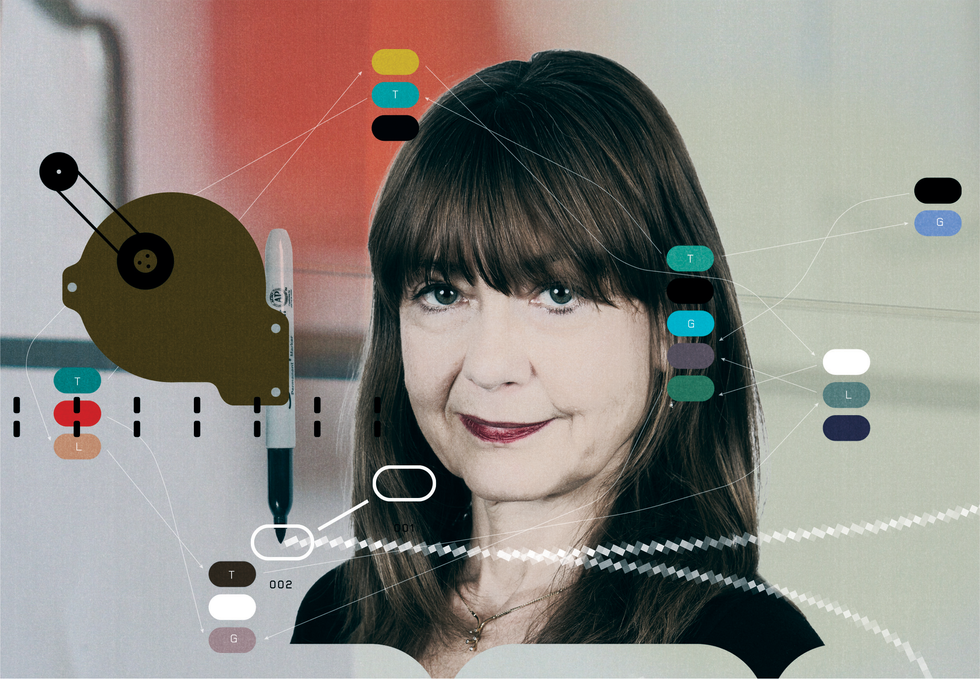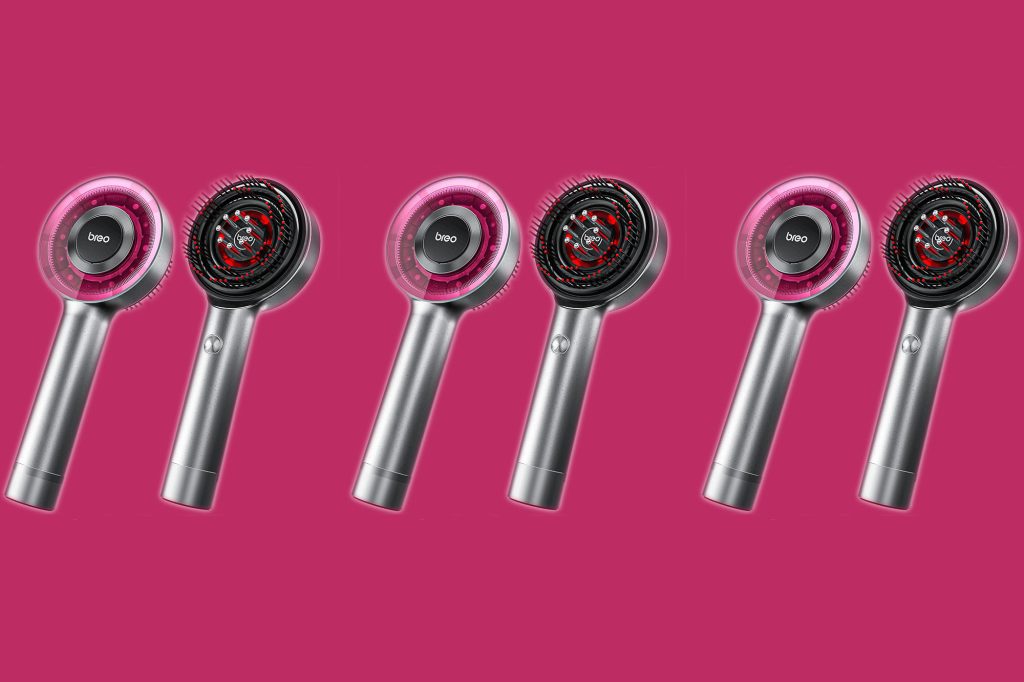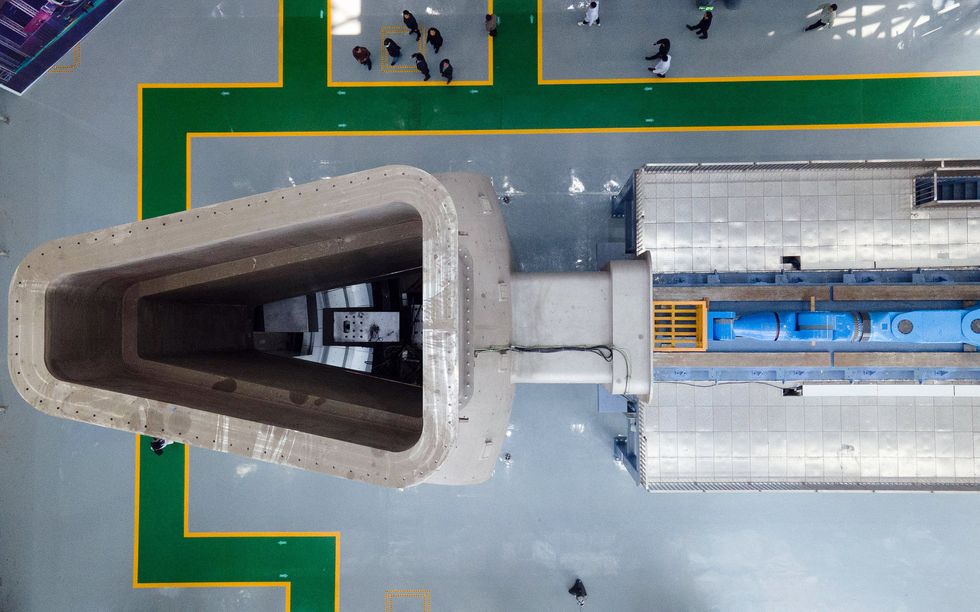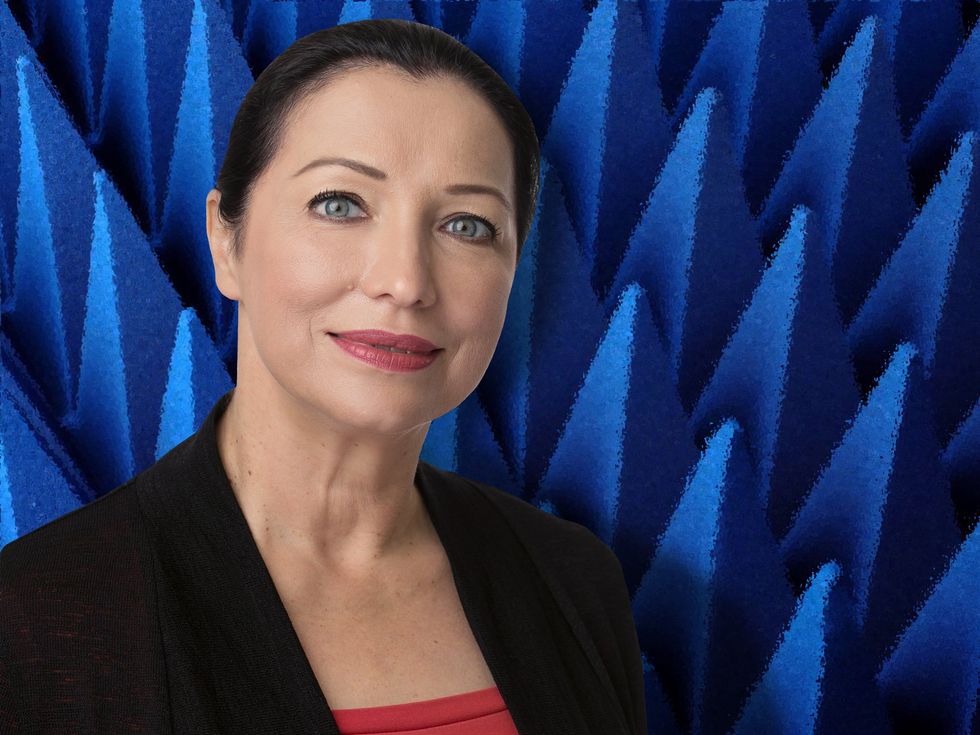Now Reading: AI-Generated Images: Defining the Boundaries of Art
-
01
AI-Generated Images: Defining the Boundaries of Art
AI-Generated Images: Defining the Boundaries of Art

Speedy Summary:
- AI in art history: AI-generated visual art traces back decades, beginning with Harold cohen’s program AARON developed in teh 1970s, which emulated human artistic decision-making through rules-based expert systems.
- Current context: Digital AI models like Midjourney and DALL-E dominate today’s AI art scene but differ significantly from early approaches. Modern systems are driven by statistical processes and corporate-built mechanisms.
- Curatorial perspective on AI art: Christiane Paul, curator of digital art at the Whitney Museum, emphasizes that curating digital art involves evaluating the sophistication of a concept rather than solely focusing on technology used as a medium. She describes collaborating with artists who often have engineering backgrounds due to digital tools’ complexity.
- Challenges in preserving digital artwork: To archive evolving technologies effectively, strategies include hardware conservation, migration/emulation, or re-creation-often customized to each piece’s conceptual dependency on specific platforms or languages.
- Harold Cohen exhibition insights: The Whitney Museum showcased AARON’s past importance alongside newer text-to-image models. Differences were highlighted between Cohen’s direct control over his software and contemporary models constrained by corporate systems’ inherent limits on authorship and agency.
- AI-created imagery vs Art: Not all images produced by modern text-to-image models qualify as “art.” True AI-driven artworks engage critically with underlying technologies from aesthetic or ethical perspectives.
Indian Opinion Analysis:
the exploration of AI’s integration into artistic creation highlights notable intersections between technology and cultural expression relevant to India’s rapidly advancing tech landscape.Historical innovations like Harold Cohen’s AARON carry lessons for Indian developers transitioning into creative sectors where collaboration between engineers and artists could redefine customary boundaries.
India’s budding interest in embedding artificial intelligence within its arts ecosystem may benefit profoundly from efforts similar to those observed at institutions like the Whitney Museum-particularly around archiving standards for emerging digital mediums. Moreover, fostering critical engagement surrounding biases within training datasets will help India preserve authenticity across culturally important creations while addressing ethical concerns tied heavily to corporatized algorithms.
In essence, this story underscores how technological evolution can nurture creative collaborations but also cautions against relinquishing too much control over content generation processes-a timely discussion given india’s active stance toward artificial intelligence adoption policies.




























